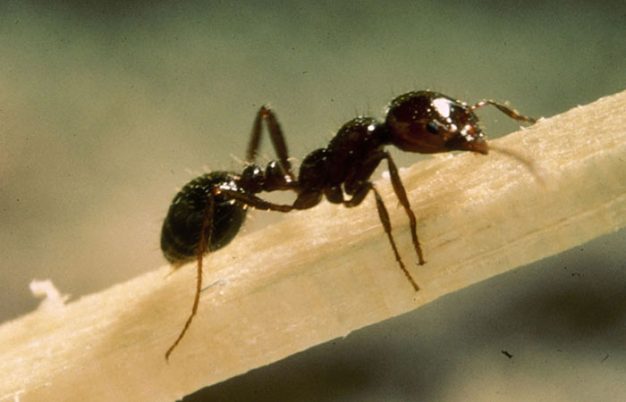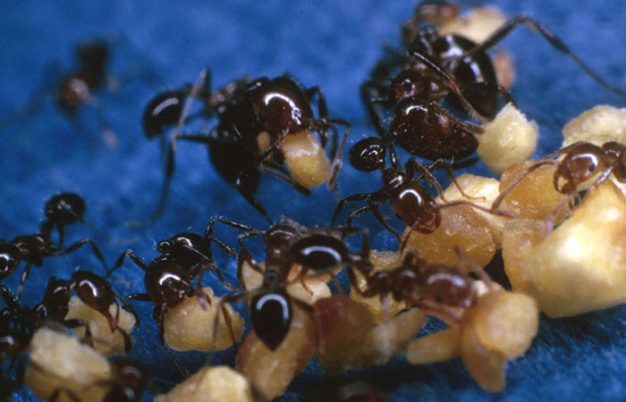Every year, the southern United States receives an average of 378 inches of rainfall. If tropical storms or damaging rains weren’t enough trouble, residents of the southern states also need to prepare for something unexpected: Floating fire ants!
Southeastern states are some of the wettest since the Gulf of Mexico fuel storms that soak this particular region. It’s also the most common region for heavy populations of fire ants. With that rain, comes the risk of fire ant colonies being disrupted and causing them to float on top of the flowing water. But don’t be fooled, just because they are floating doesn’t mean they won’t sting you. Yikes!
Here are a few tips if you’re located in a wet area:
- Keep your eyes peeled. Look for balls or streaks of reddish brown spots floating on top of the water. Fire ant colonies are lifted during flooding and they travel on the surface of the water in clumps that look like dirt.
- Don’t be fooled, they can still bite in the water. If you’re in a boat or swimming, don’t touch the fire ants at all. They usually bite in groups, so once they’re on you they are difficult to get off.
- If you do get stung, be prepared. Fire Out is an effective, no-mess, roll-on that provides instant, maximum-strength pain relief to help remedy the pain and stop the itch of fire ant stings (and even other insect bites!). The roll-on design allows you to apply the medicine quickly and easily to the entire affected area.
We know that the idea of floating mounds of fire ants is the stuff of nightmares. But if you know what to look for and keep Fire-Out handy, you will be prepared. Be careful out there!









